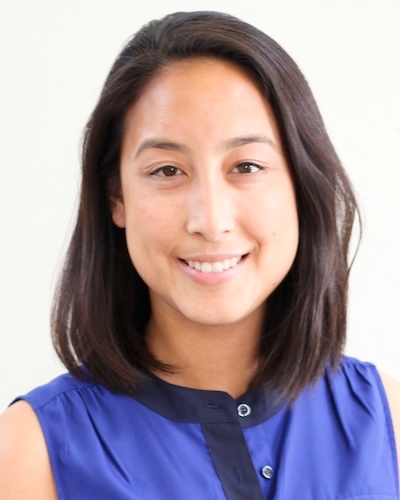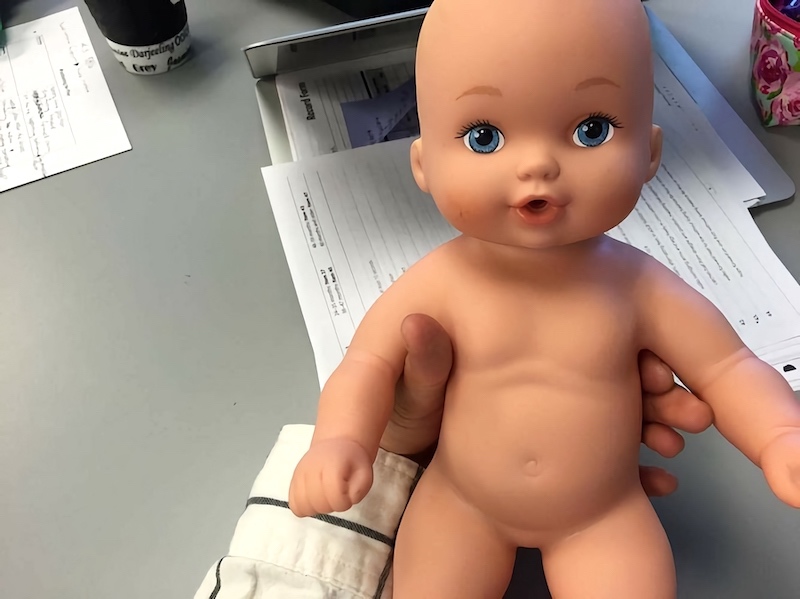Babies!

September 12, 2016
by Jessica
Coming into OT school, I was pretty sure I wanted to do pediatrics. I’ve worked with kids in almost all of the jobs I’ve had, in different capacities. So I was super excited for this semester, when it was finally my cohort’s turn to take the pediatric immersion course. Throughout this semester I’ll likely be blogging about all the fun stuff I’m learning in pediatrics — today is focused on positioning babies!
What’s awesome about the labs is that our professors have brought in real children into the lab space in order for us to see how to deliver assessments and how typically developing children interact and play. This past week, our lab focused on assessments for early intervention and how to position infants in order to facilitate proper development for play. Before the real babies came in, we were given doll babies to practice positioning them in different positions (supine, prone, sitting, standing, side-lying, crawling, carrying, etc.). Once the real babies came in, it was game over. All attention went to the adorable little ones, an 8 month old and a 4 month old. We even got a chance to hold and play with them, which was definitely the highlight of my week. Before this class, I didn’t realize how different positions can impact the development of babies’ muscles and bones, and ultimately their ability to meet their developmental milestones. I also didn’t realize how much growth babies go through in their first year, and the nuanced differences between infants just a few months apart. OTs have such a pivotal role in educating caregivers on how to hold and position their babies to facilitate healthy development. Having only experienced working with older children (ages 8+), I’m excited to learn more about opportunities to work in early intervention and how to create collaborative relationships with families.
Since I couldn’t take a picture of the cute real babies, here’s a picture of the slightly creepy doll baby we used to practice.

Doll baby used to practice proper positioning in pediatrics lab
⋯
Next by tag Classes ⟩
⋯





